Attunement to the Cycles of Nature
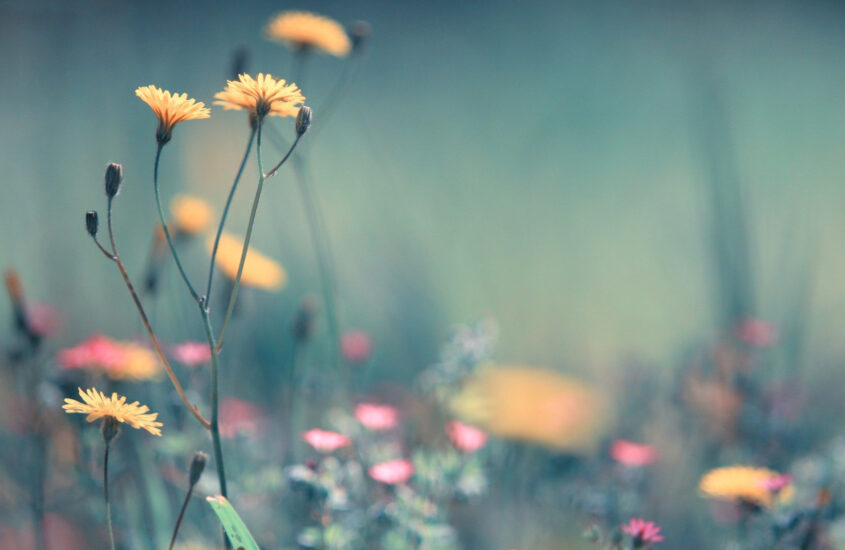
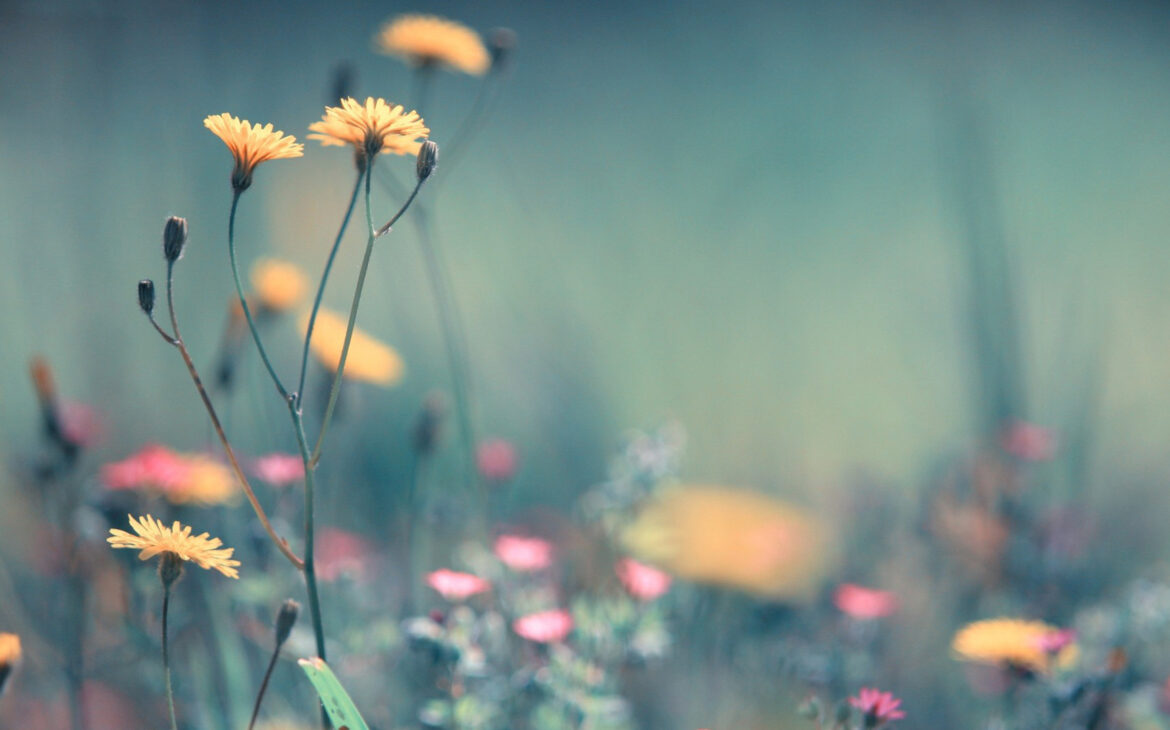
Inexorably, life on Earth is attuned to seasonal changes. When we take the time to attune ourselves to the results of positional changes between the Earth and Sun, the Moon and Stars, the incremental motions of our own bodies, be they large or small, the human brain makes metaphors and creates meaning. We have a great body of mythology, story, song and poetry to show for it, as our expression for processing individual experiences of the sublime are as diverse and varied as are the bodies of life on Earth.
The Pattern of Our Days
Any time we have to live is a gift. The cloth of our life may be relatively long or short, broad or narrow, intricate or homespun. All life experience is valid, and the myriad fibers, colors, and weavings serve as a reminder of this. Our human ancestors had ways of marking the passage of time that have been all but forgotten in modern times. Many of these ceremonial observances were focused on real need–celebrating the returning warmth and bright light of the sun in midwinter as a herald of spring and the growing season after dark, cold months of dwindling food stores; fertility rites to ensure the fecundity of fields set to hold the precious, life-bearing seeds; revels at midsummer upon seeing the ripening grain, fruits and tubers; real gratitude and thanksgiving once the harvest had been brought in and the first feasts honoring the ancestors through which knowledge and life passes forward, generation after generation. Knowledge of these mysteries came from experience, from the cyclical labor of stewarding the other-than-human lives that sustain our own.
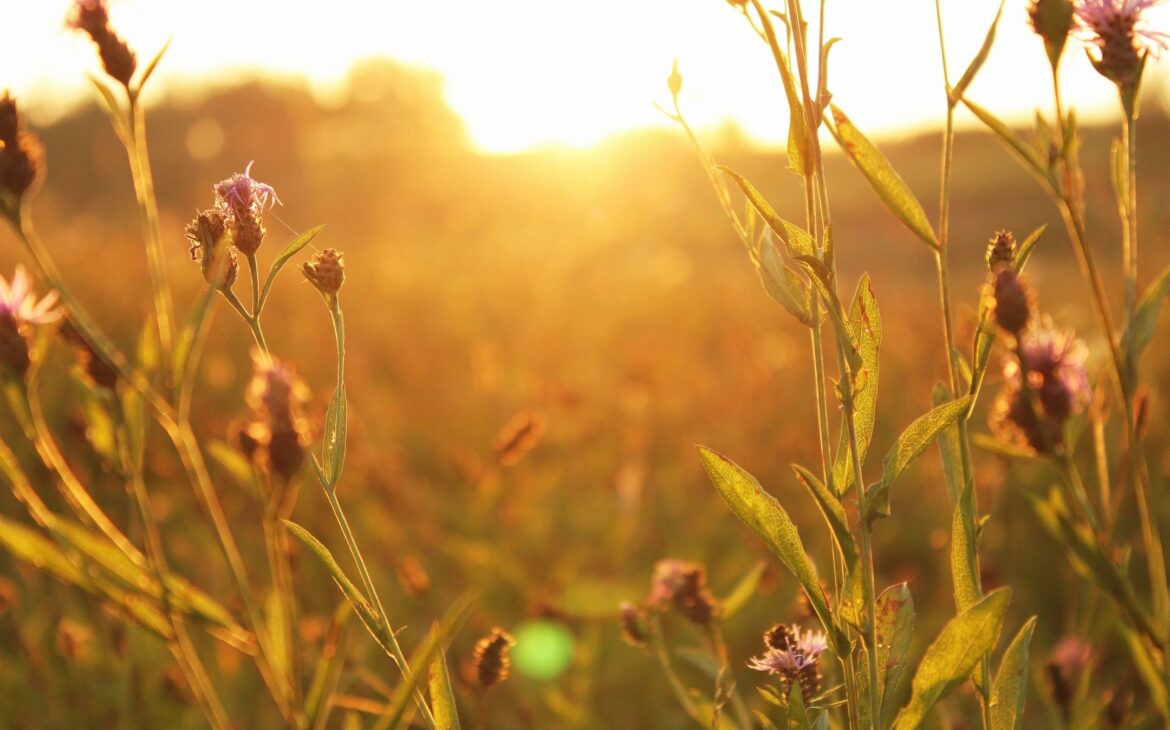
In modern times, our livelihoods are more easily provided for. We fill our larders from a nearby market, we have water taps on demand in our homes, which are sturdy against wind and rain and sun. We may rise with the sun, or with the help of a timepiece, to work at an occupation that has nothing directly to do with how our food arrives to table, or cloth to our backs, or preserving a harvest for the long, harsh winter. We, ultimately, have leisure, hobbies or activities simply for pleasure. A majority of modern humans do not experience the seasons as a mystery, as science and technology have explained how and why, and perhaps removed a layer of magic from our days. We may have moments of gratitude throughout the day, but the honoring of our ancestors, both human and other-than-human, is rare in Western culture.
Adapting Old Ways to Modern Times
As a descendant of immigrants from Northwestern Europe to the United States, I have had a disruption in my ancestral culture. Whatever rituals and traditions directly connected to ancestral place have been severed by this relocation, and before that, by conversion to Christianity. While many of the Christian seasonal rituals are often situated around what could arguably have been pre-Christian festivals or holy days, the influence and impact of this religion has irrevocably changed human culture in the West. Add to this systems of power-over structures and the deep scars of colonialism and finding ones way as an European-ancestered person of conscience on American soil can be challenging. How do we connect to the land we have come to occupy? How do we relate to the place we are situated, not only physically but spiritually and in right relationship?
By whatever name we answer, by whatever means we tend to our spirit and place, becoming attuned to the cycle of the seasons and acknowledging those who came before us, by blood and by place, are the means by which we can grow more relational with the living world. These are universal aspects of the human condition. They form the basis of culture. And they are not exclusive to humans–the other-than-humans in the spaces we occupy have their own culture, and it is very much interwoven with our own. This interdependency can be the foundation upon which we begin ceremonial observances, of seasonal ties, human life passages, and the interstitched cycles that surround us each and every day.
Re-membering Ourselves Into Belonging
If the idea of coming into right relationship with your blood ancestors, or the ancestors of the place you inhabit, is triggering or uncomfortable, you are not alone. It is understandable that anyone living an other than uninterrupted and undisturbed cultural lineage on the lands of their ancestors is going to feel this. Feelings can range from the symptoms of grief–sorrow, anger, guilt, numbness or dissociation– to hope, determination, and even joy. I have found I can feel all of these in the course of a day as I tend the land. And, what kept me from this meaningful connective work was initially the fear of feeling, and of “doing it wrong.” Coming into relationship is a skill, and all skills or crafts are difficult, even awkward, at first. Practice and persistence ease the fear, and beginning a practice of this sort simply takes showing up.
If there has been trauma and harm done to you by blood relations, or if you have circumstances that did not allow you to know your people, there are beloved ancestors yet available to you who are healed and well and who have blessings for your life. Nearly every practitioner and teacher of relational ancestor work I have found recommends beginning introductions with our ancestors much farther back on the timeline than we might initially think. All of the disruption mentioned in above–relocation, forced migration, colonization, cultural assimilation–suggests that moving beyond this in scope to find someone who 1) lived in right relationship with the land, and 2) practiced, or would be able to recognize a form of ancestral reverence. This may take us back 2,000 years or more, and that’s okay. We need not know their names, their location, or any of the common markers of our modern time such as race or gender.
Make an intention to humbly and with gratitude introduce yourself to this One in meditation. Introduce yourself as a descendent. Acknowledge that you have come to give thanks to them, to begin a relationship. Allow them to be present. Allow them to speak or otherwise share with you. Listen. Also, allow yourself to hear a “no” should they give one. Once you have been fully present in this, you may ask how they might want to be honored. Listen. Know that you can say “no” if a request is outside of your personal integrity. It’s okay to negotiate a bit. OR, ask more directly if they would accept such and such offering from you as a tribute of gratitude (flowers, clean water, food, fragrant herbs or smoke). When it is settled, do that thing. Fulfilling obligations, being impeccable with our word, especially in our relationships with the Others, is how we build solid relationships with ancestors, both our own, and those of place.
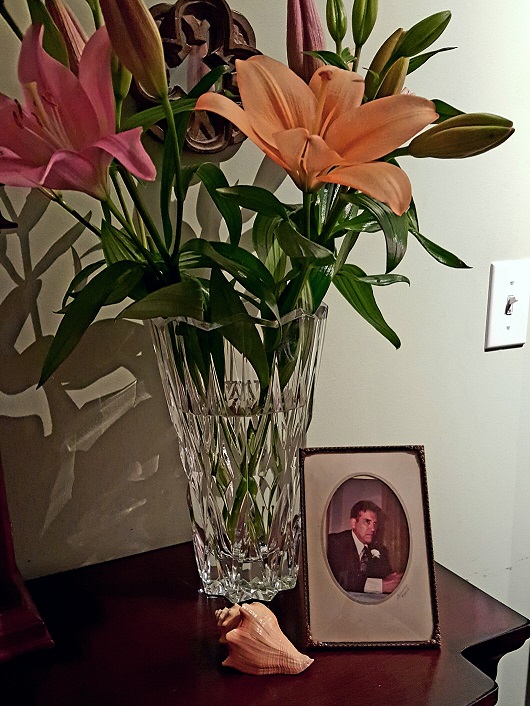
A similar introduction to this can be done with the spirits of a place. If you have a yard or garden, a favorite tree in a park, a secluded nook near a rock face, a body of water, anything not too far from where you live, take this intention of introduction and gratitude to the land where you are. Follow the same steps. Listen. Be present and fully in your own body. Notice the other-than-humans there–the plant people, the stone people, the animal people, the weather, the sound, the minutiae of life. On successive visits, try to get a sense of the natural history of the place, a sense of how time has created what appears before you. This might also lead to geological history research, learning about the watershed, the native plant and animal people who share the natural neighborhood. Perhaps a bird meets you there each time, or you are drawn to a certain tree or plant. Follow these natural guides by way of introduction, gratitude, offering/praise, all the way to learning more of their unique culture. You may even be so bold as to greet them by name.
Cultivating a Seasonal Relational Practice
As suggested above, these foundational skills will develop over time with repetition and practice. The time and duration are not important, only the frequency and intention to cultivate and weave these relationships more closely to our lives. And, we are still modern humans with responsibilities, family, work life obligations, and so on. Scheduling time for regular relational practice can be challenging.
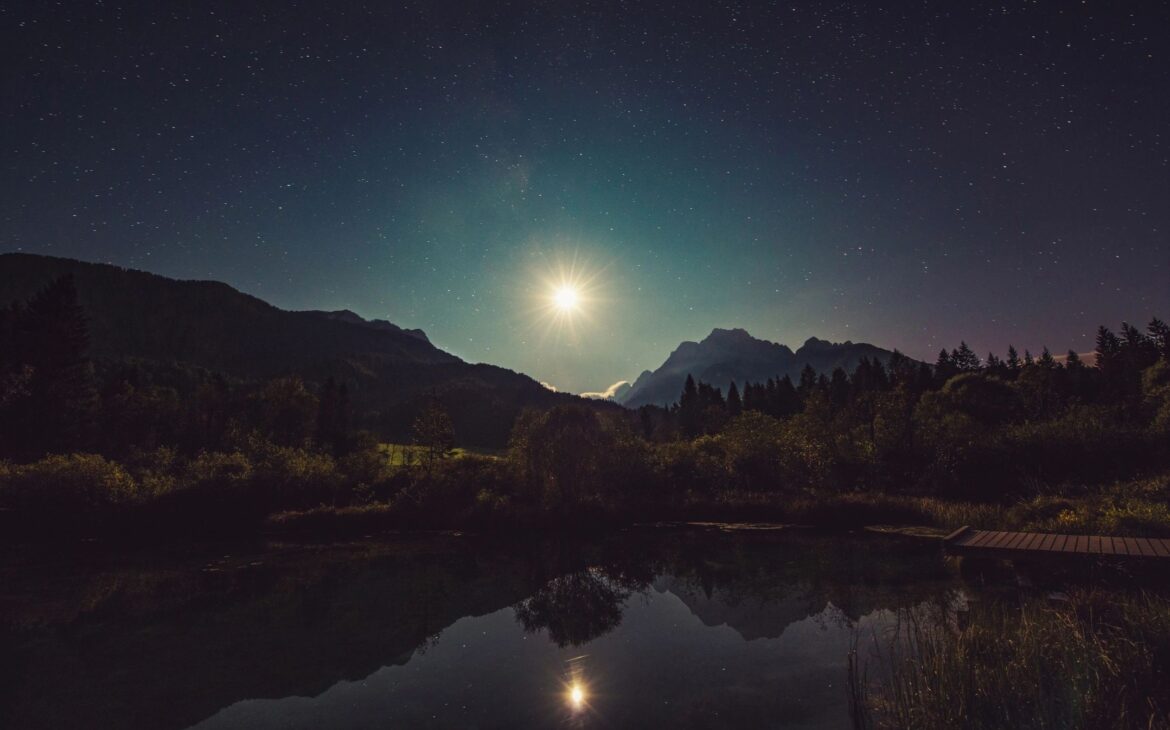
The most important practice is the one we will keep. Signals from our surroundings can help inform a schedule that does not rely on time pieces or planners. Perhaps the most obvious indicator of time is the phenomena of day and night. Perhaps you are a night owl, and you are keenly aware of the moon and like to have a cup of soothing herbal tea before turning in. Maybe you are a morning lark, up with the birdsong before first light, and coffee is a beloved ritual. Including additional layers to daily rituals we already keep can be beneficial in building a solid routine. Taking a moment to pause before taking that first sip, expressing gratitude and appreciation for those ones who delivered forth the present moment–our ancestors of blood and bone, the Sun and Earth that brought forth seeds for the ingredients in that tasty beverage, the color of the light before dawn breaks, or the night symphony of cicada and tree frogs and muted wings of bats–can be practice enough.
The greater seasonal changes can also become signals and reminders for relational practice. If you are going out to a sit spot in nature every day, these changes may appear to come on gradually, the budding branch in spring, the chrysalis that is empty the next day, the morning that smells of unfallen snow. Even when we don’t sit out daily, it’s hard not to notice bright yellow and purple flowers in spring, the thousand different greens of summer, the jewel-toned leaves scattering on a crisp autumn breeze, or the frosted windowpanes of winter. Our experience of them is the only calendar we need to offer gratitude and praise. And they will outlive our short time in this body, and persist long after we are ancestors. And by returning to this kind of simplicity, we potentially ensure that those who follow behind us, whether of blood and bone or of spirit or place, will be able to continue an unbroken lineage.
Belonging Right Where We Are
Giving ourselves permission for sacred observance is a powerful act of sovereignty in a culture that commoditizes our time and our attention. It is a form of self care, self literacy, and transpersonal literacy. By building relationships with the more than human world around us, we expand our capacity to relate with diverse human personalities, and those interpersonal relationships thrive. We begin to feel more resourced, supported and held as we deepen our relationship with the natural world, becoming more and more comfortable in our own skin, even in moments where we feel broken open and vulnerable–the Earth, Sun, Moon, waters, stones, plants, animals and ancestors are always available to listen, to witness, to bear our tears or our grief.
One of the reasons I founded Ancient Song Therapy was to help support these acts of remembering and reclaiming belonging. Many of our sonic ceremonies are seasonally themed and informed by the natural world at the moment. Everyone who participates, whether in the space or via the livestreams, adds an additional layer as representatives of their own places, ancestors and guides. In this space of time, we are practicing relationality together, resonant and harmonic and interwoven like music on every level of being. It includes the space around us, the old trees that made the beams, the silica in the window glass, metals that make conducting a broadcast over wires possible. We celebrate all of these beings, and they support the offering, house it, translate 1’s and 0’s into image and sound. Such a wonder!

This work, this practice of coming into relationship with a place and attuning to the seasons and rhythms of that place, is a path toward belonging. Healing the breaches and upheavals caused by relocation, colonization, occupation leads us to right relationship and personal sovereignty. We inevitably become allied with the Earth, with the immediacy of our each of our living neighbors, as well as those no longer living who still witness us, listen for us, wish only for us to sing a song that is familiar to them after the ocean of time that separates us. And when we begin to sing that ancient song, we too shall realize that they are not so distant as we once thought. P
Further Resources
Many of the concepts regarding relationality and sacred observances of the natural world have been informed by my continued studies with Dr. Daniel Foor of Ancestral Medicine, which began in 2017. His book, Ancestral Medicine: Rituals for Personal and Family Healing, outlines more thoroughly a rubric for navigating ancestral reconnection and healing (which I have summarized above). Recommended courses offered by Ancestral Medicine regarding ritual etiquette and deepening relationship with the natural world are: Foundations of Ritual, on offer Spring 2021, and Practical Animism, on offer again in 2022.
For more information on seasonal relational practices linked to the land, recommended reading follows:
- Knowing Home: Braiding Indigenous Science with Western Science, Book 1; Snively & Williams, editors; University of Victoria, BC, Canada; 2016 (online resource)
- Braiding Sweetgrass: Indigenous Wisdom, Scientific Knowledge, and the Teachings of Plants; Kimmerer; Milkwood Editions; 2013
- Honoring Your Ancestors: A Guide to Ancestral Veneration; Vaudoise; Llewellyn; 2019
- Seasonal Ceremonies; Encyclopedia.com (online resource)
- The Wheel of the Year (via Wikipedia)
- Five Ways to Celebrate the Seasons of the Year by Fiona Harbour
- Why Understanding the Seasons of Life Will Ease Your Suffering; Dahhaj; Medium.com; 2018
- Connecting with Nature Spiritually: Mark the Seasons in Your Life; Josephine; Crazy Whole Life.com
Independent Study–Learn more about the land where you live–its geologic history, the watershed, those who lived there before you, and the history of human interference (war, resource extraction, transportation avenues), as well as the native and non-native plant and animal people. (First two resource links are for North America and United States, but find the resources relevant to your area!)
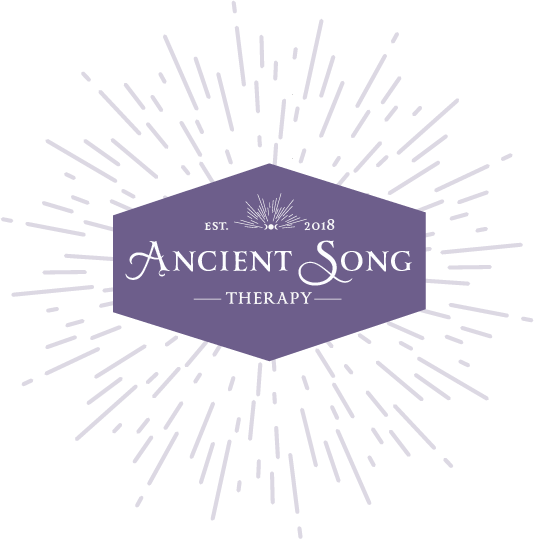

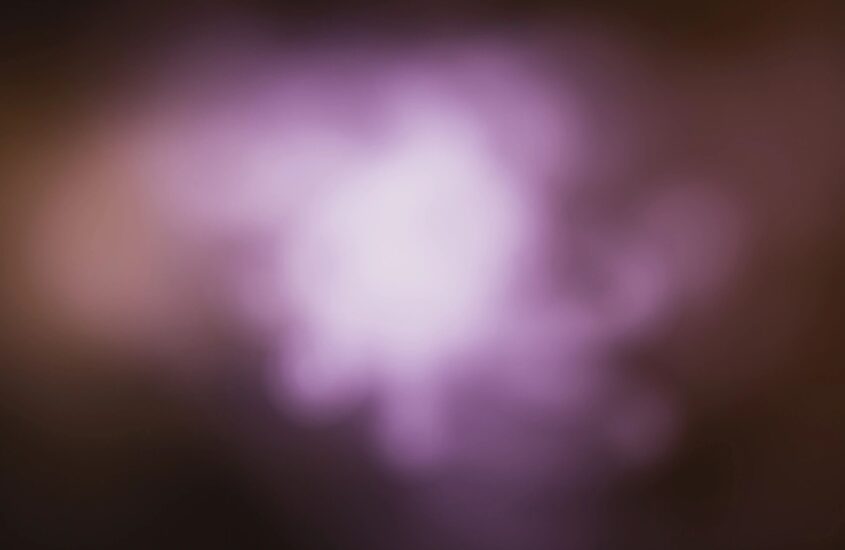
Frequencies